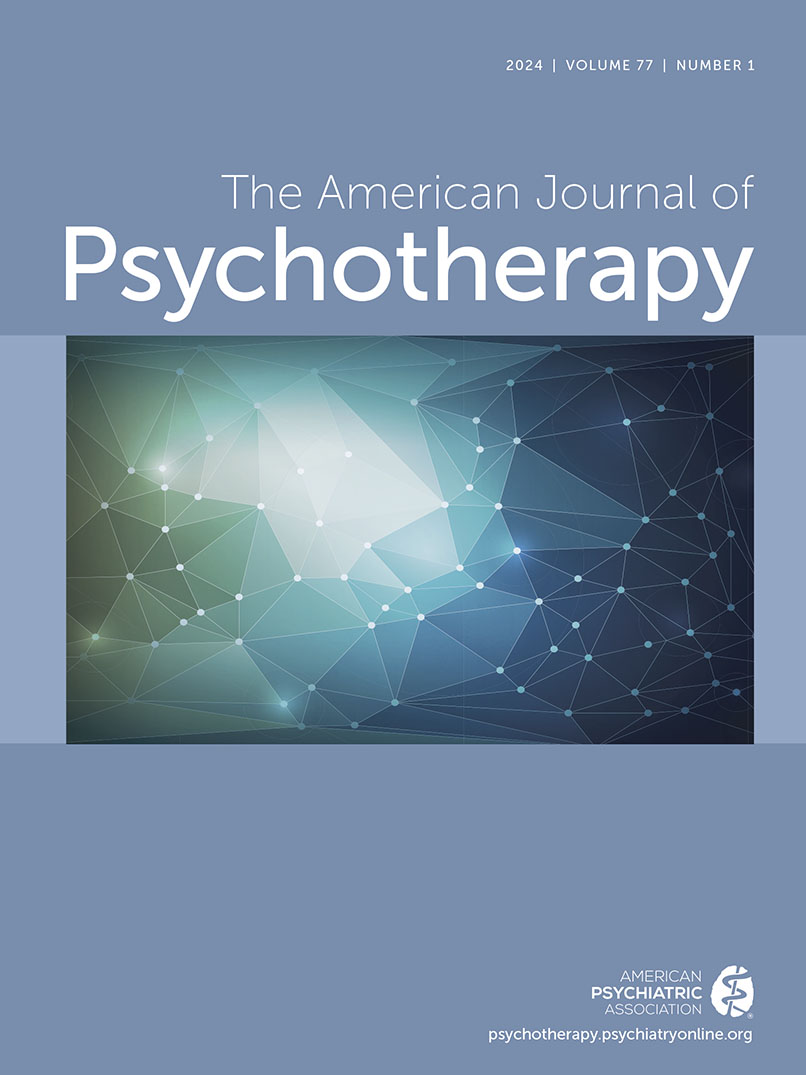Feasibility and Acceptability of Group Interpersonal and Social Rhythm Therapy for Recurrent Mood Disorders: A Pilot Study
Abstract
Objective:
Interpersonal and social rhythm therapy (IPSRT) was developed to empower patients with mood disorders by stabilizing underlying disturbances in circadian rhythms and by using strategies from interpersonal psychotherapy. Group IPSRT has not been studied with a transdiagnostic sample of patients across the life span with either major depressive disorder or bipolar disorder.
Methods:
Thirty-eight outpatients, ages 26–80, with major depressive disorder or bipolar disorder in any mood state were recruited from clinics in the Netherlands and were treated with 20 sessions (two per week) of group IPSRT. Recruitment results, dropout rates, and session adherence were used to assess feasibility. The modified Client Satisfaction Questionnaire (CSQ) and a feedback session were used to measure treatment acceptability. Changes in mood symptoms, quality of life, and mastery were also measured.
Results:
Participants’ mean±SD age was 65.4±10.0 years. Participants were diagnosed as having major depressive disorder (N=14, 37%) or bipolar disorder (N=24, 63%). The dropout rate was relatively low (N=9, 24%). High CSQ scores (32.3±5.2 of 44.0 points) and low dropout rates indicated the acceptability and feasibility of group IPSRT for major depressive disorder and bipolar disorder. Quality of life 3 months after completion of treatment was significantly higher than at baseline (p<0.01, Cohen’s d=−0.69). No significant differences were found between pre- and postintervention depressive symptom scores.
Conclusions:
Twice-weekly group IPSRT for older outpatients with major depressive disorder or bipolar disorder was feasible and acceptable. Future research should evaluate the short- and long-term efficacy of group IPSRT for major depressive disorder and bipolar disorder among patients of all ages.
Access content
To read the fulltext, please use one of the options below to sign in or purchase access.- Personal login
- Institutional Login
- Sign in via OpenAthens
- Register for access
-
Please login/register if you wish to pair your device and check access availability.
Not a subscriber?
PsychiatryOnline subscription options offer access to the DSM-5 library, books, journals, CME, and patient resources. This all-in-one virtual library provides psychiatrists and mental health professionals with key resources for diagnosis, treatment, research, and professional development.
Need more help? PsychiatryOnline Customer Service may be reached by emailing [email protected] or by calling 800-368-5777 (in the U.S.) or 703-907-7322 (outside the U.S.).



